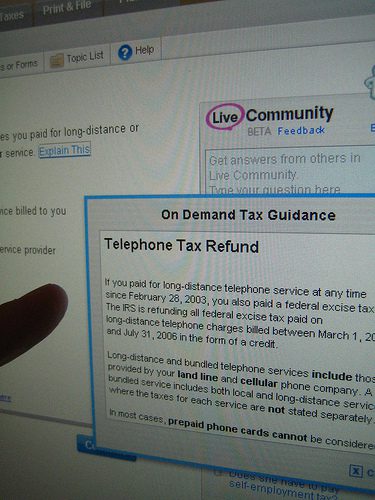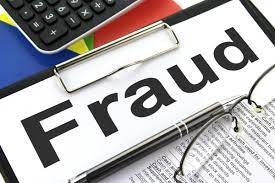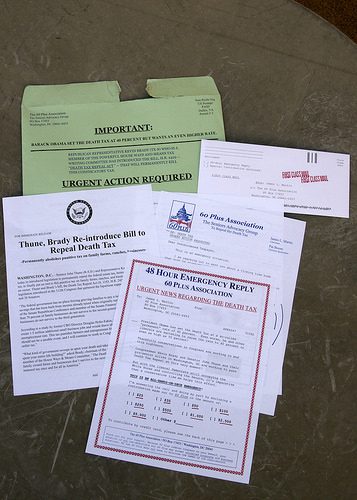Don’t miss out on potential tax savings! This comprehensive guide to 2022 tax deductions will help you maximize your deductions and reduce your taxable income.

As the new year approaches, it’s time to start thinking about potential tax savings. The good news is that there are various deductions and credits available that could lower your taxable income and reduce the amount you owe in taxes. In this guide, we’ll provide an overview of 2022 tax deductions, so you can make informed decisions as you prepare your tax returns.
Keep detailed records of your expenses.
One of the most important steps in maximizing your tax deductions is to keep detailed records of all your expenses throughout the year. This includes receipts, invoices, and other documents that prove you incurred the expense for business purposes. By keeping accurate records, you can claim deductions for expenses such as home office expenses, travel expenses, and entertainment expenses. If you fail to keep accurate records, you may miss out on potential deductions and could be subject to penalties if your tax return is audited. Consider using accounting software or hiring a professional accountant to help manage your records and ensure compliance with tax laws.
Take advantage of charitable donations.
Charitable donations can be a great way to maximize your deductions and reduce your taxable income while also supporting a cause you care about. Be sure to keep detailed records of all charitable contributions, including the name of the organization, date of the donation, and the amount donated. Donations that exceed certain thresholds may require additional documentation such as a receipt or acknowledgement letter from the charity. Also note that in order to claim a deduction for charitable contributions, you must itemize your deductions on your tax return rather than taking the standard deduction. Make sure to review IRS guidelines for eligible organizations and allowable deductions before making any charitable donations.
Deduct business expenses, including home office expenses.
Running a business can be costly, but many of these expenses can be deducted to reduce your taxable income. This includes any costs directly related to your business, like rent for an office space or equipment needed for job functions. If you have a home office, you may also be able to deduct a portion of home-related expenses such as mortgage interest, utilities and property taxes. However, it’s important to ensure that your home office meets the IRS criteria for eligibility before taking this deduction. Keeping detailed records of all business expenses is crucial for tax purposes and will help you maximize your deductions while minimizing the risk of an audit.
Don’t forget about educational and employment-related deductions.
In addition to business-related deductions, there are various educational and employment-related deductions that can help lower your taxable income. If you paid for any training or courses that were necessary for your job or business, you may be eligible for a deduction. This also applies to tuition and fees for post-secondary education. Additionally, if you moved due to a job change, you may be able to deduct moving expenses. Keep in mind that specific requirements and limitations apply to each of these deductions, so it’s important to consult with a tax professional or refer to the IRS guidelines before claiming them on your tax return.
Utilize retirement account contributions for major tax savings.
One of the most effective ways to maximize your tax savings is by contributing to a retirement account, such as a 401(k) or IRA. Not only does this reduce your taxable income, but it also helps you save for retirement. For the 2022 tax year, the maximum contribution limit for a 401(k) is $20,500 and $6,000 for an IRA. If you’re over the age of 50, catch-up contributions of $6,500 and $1,000 are available for these accounts respectively. Additionally, some employers offer matching contributions to their employees’ retirement accounts which can further boost your savings potential. Be sure to take full advantage of any retirement plans available to you to maximize your deductions and plan for a secure financial future.









